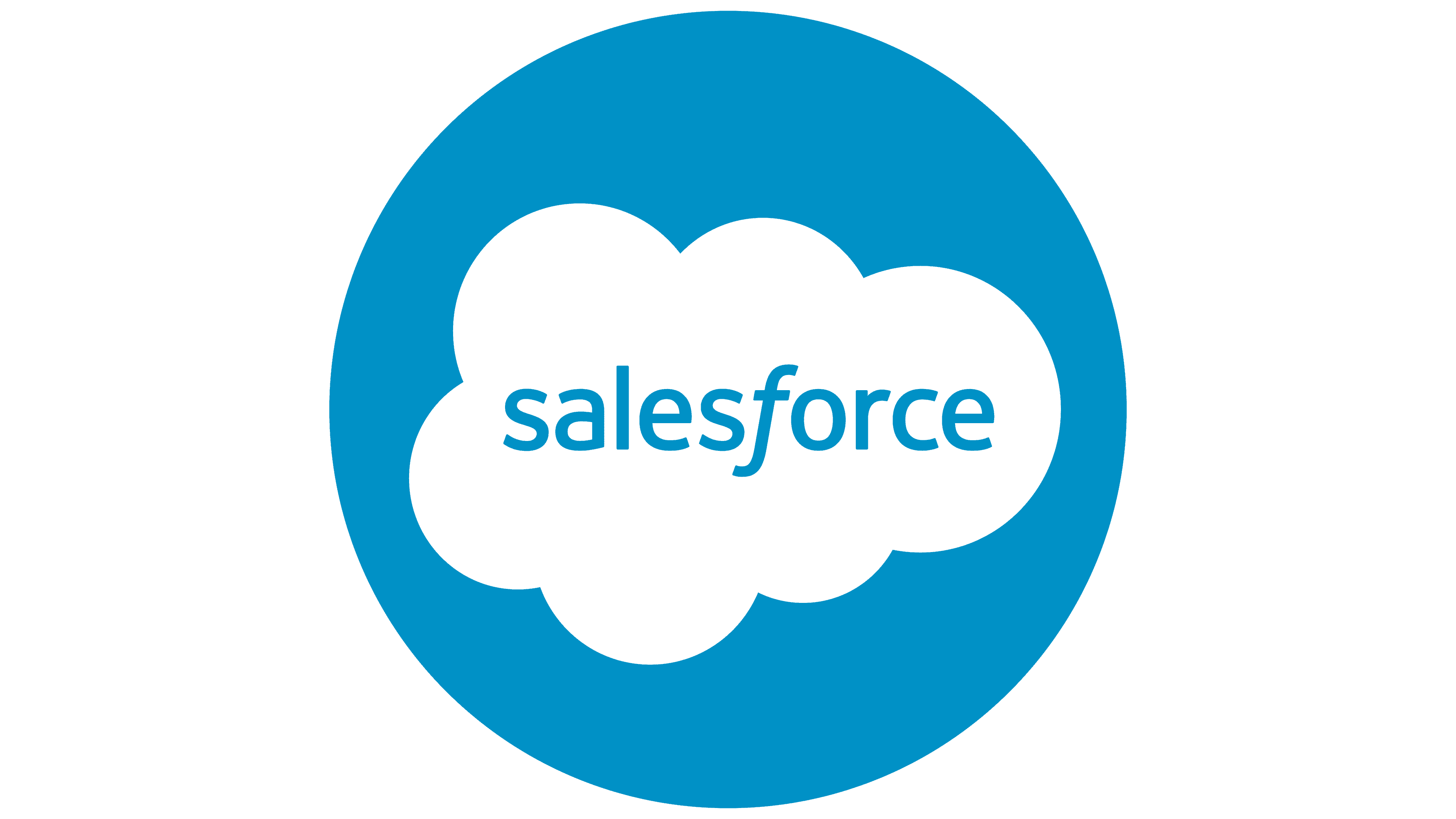Connecting B2B Integration with Salesforce

Many organizations think about data movement differently based on whether integrations are internal or external facing. Internal data integration refers to the connectivity between applications and data sources that support internal operations — for example, connecting Salesforce with data from an internal SQL or MySQL database. On the other hand, external data movement (often shorthanded to "B2B," as in "business-to-business") involves sending and receiving data with external trading partners. Often, these two halves are treated separately and handled by different solutions or even separate teams.
However, the relationship between internal data integration and B2B integration suggests that this division may be a mistake. After all, a company's internal ecosystem needs to be responsive to external data exchanges. In other words, the data sent or received with external parties should often affect data from internal systems like your CRM, ERP, RDBMS or NoSQL database, data warehouse, accounting package, etc.
Due to the natural relationship between internal and external systems, B2B and integration solutions need to communicate efficiently. As a result, companies have begun to recognize the value of centralizing data processing by bringing internal integration and B2B integration into the same platform.
This article will highlight two sets of benefits: first, the benefits of combining B2B and Salesforce integration generally, and second, the specific benefits brought about by using CData Arc as the B2B and data integration platform of choice.
Let us take Salesforce integration as an example - how can B2B connectivity enhance CRM? This article will highlight two sets of benefits: first, the benefits of combining B2B and Salesforce integration generally, and second, the specific benefits brought about by using CData Arc as the B2B and data integration platform of choice.
Benefits of Hybrid Data Movement
Regardless of which B2B and integration platform you use, bringing these functions together has predictable benefits. These include simplified monitoring, auditing, error management, streamlined user management, access, and faster onboarding time.
Wholistic Monitoring and Error Management
Using multiple internal and external integration platforms with Salesforce can make error tracking and auditing a considerable challenge. If and when failures occur, the ability to tie transactions to Salesforce updates becomes paramount. While it is possible to ensure that transactions and updates correlate across systems, this process is much easier by performing both operations within the same platform.
A hybrid B2B and data integration tool can use the same reporting and error management across each transaction. This ensures that failures can be traced to their source and makes the creation of comprehensive reports considerably easier. No longer do reports needs to be merged across systems to capture a comprehensive view of your data's movement.
Simplified User Management
The IT professionals and citizen analysts tasked with building, maintaining, and learning from your data pipelines each need access to every platform used to integrate data. Using multiple solutions for various aspects of your data ecosystem can result in spiraling numbers of user credentials, roles, and access points.
Bringing together the B2B and Salesforce integration processes allows for centralizing user management such that roles, access, and user-auditing are as simple as possible. This minimizes the chances of user management mistakes and makes it easier to bring in new data experts without causing additional friction to administrators and team members.
Faster Onboarding
When new trading partner opportunities demand the creation of new data pipelines, the inconvenience of splitting these pipelines across multiple integration platforms will manifest as increased onboarding time and cost. Hybrid data movement solutions ensure that B2B and internal integration projects can be deployed quickly, minimizing moving parts and streamlining data pipeline creation.
Benefits Specific to CData Arc
In addition to the benefits listed above, CData Arc brings additional value when used as a hybrid B2B and internal data integration tool. This includes a cloud-native approach to scalability and availability, a modern web-based interface that is easily accessible across your organization, and an intuitive micro-architecture approach that allows even non-technical users to interact with data pipeline creation and maintenance.
Native Cloud Infrastructure
When using multiple solutions to handle B2B and data integration tasks, some solutions may be limited to on-premise deployments. This causes friction when connecting these solutions to cloud-hosted platforms and may be unable to scale the infrastructure necessary to handle a growing business.
Native cloud deployments, such as those supported by CData Arc, ensure that no cloud-to-prem chasm exists in your data pipelines and guarantee that hardware resource allocation will not become an issue further down the line. In addition, CData Arc provides all of the familiar cloud-native benefits, such as high availability, reduced administration and maintenance cost, and scalable performance.
Modern and Accessible Web UI
CData Arc's web-driven interface ensures that access to the application is easily accessible across your organization. Regardless of where you deploy CData Arc, any team member with a URL and set of user credentials can connect to the platform at any time. Naturally, this helps promote cross-team and cross-office management and monitoring for all of the various teams that depend upon data visibility to be productive.
Download a 30-Day Free Trial of CData Arc
To get started with a hybrid data movement platform that can seamlessly bring together B2B communication and Salesforce integration, download a free trial of CData Arc today.
For more information on implementing projects with CData Arc, please feel free to reach out to our technical team at [email protected].
Download CData Arc